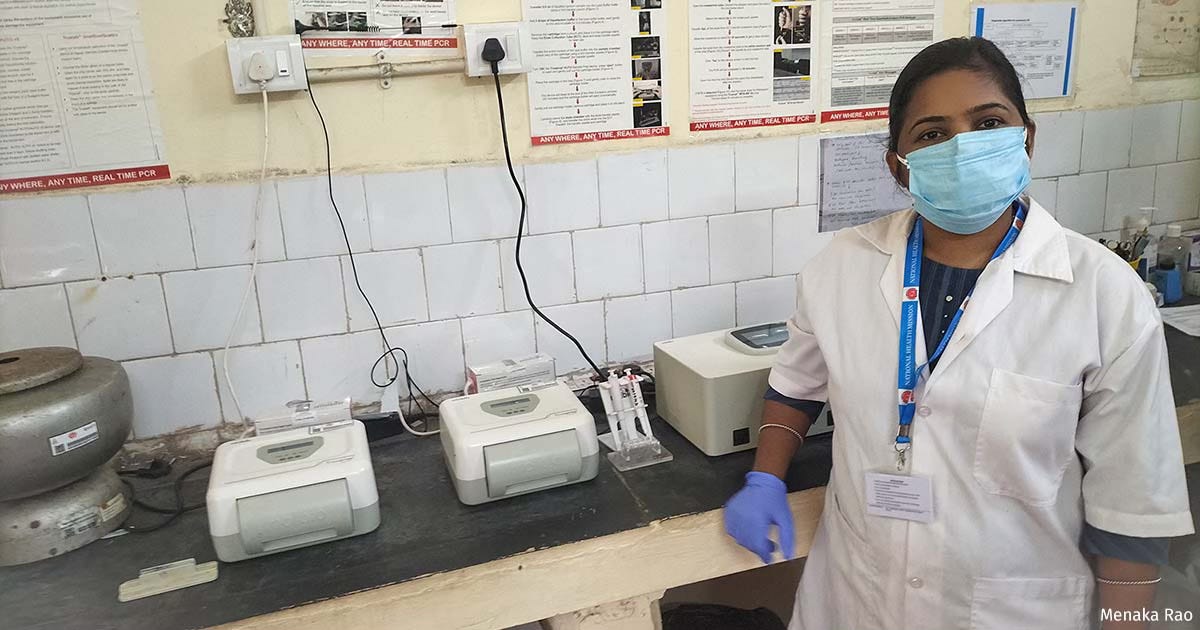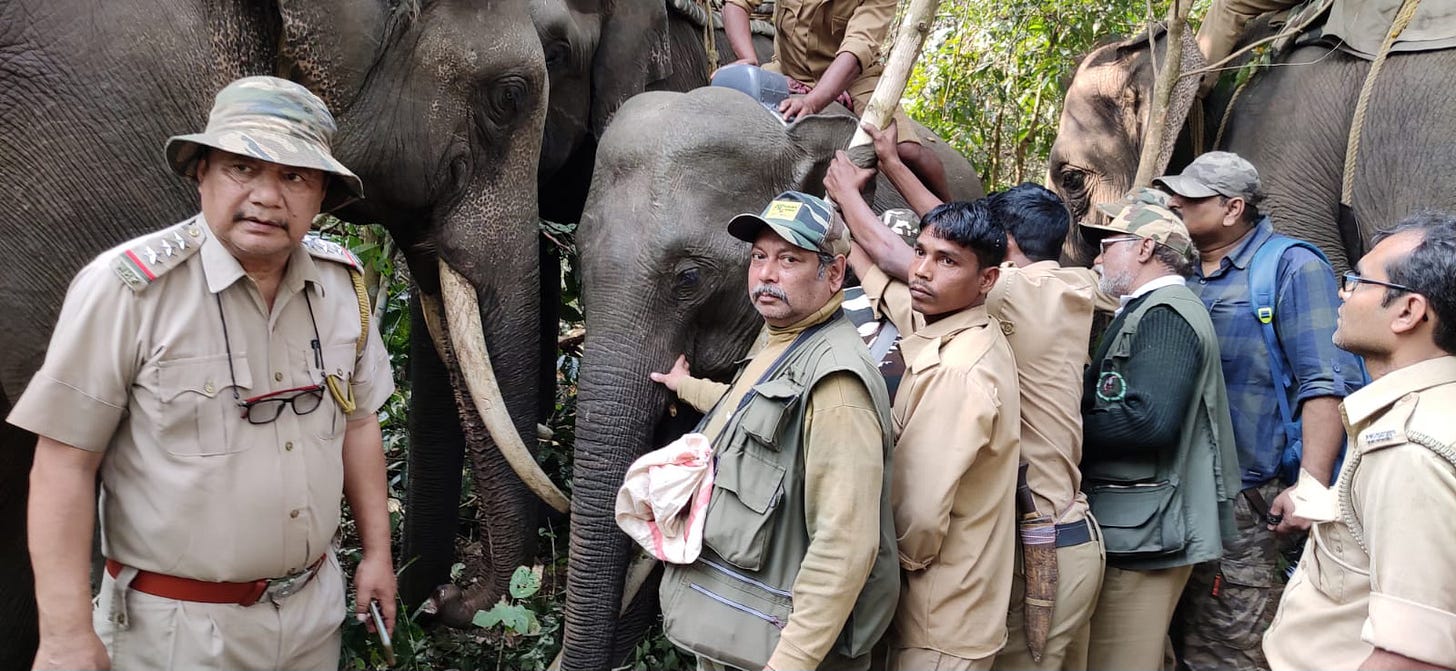The Lessons From Goa's TB Programme
Also this week, innovative methods of tackling man-animal conflict.
THE state of the nation’s health is a perennial preoccupation for us at IndiaSpend—because the prosperity and economic security of the country rests on the shoulders of an able-bodied, healthy working population.
Earlier this month, IndiaSpend featured a story on the rise of encephalitis in Gujarat, and more generally, the alarming spread of vector-borne diseases. A month prior, microbiologist and immunologist Nirmal Kumar Ganguly, a Padma Bhushan awardee and former director of the Indian Council of Medical Research, told us in an interview that funding for the development of drugs and vaccines is critical in the battle against neglected tropical diseases. These are just two of the dozens of stories that have featured in our Health Check section—and there are more planned.
This week, the focus is on tuberculosis—which, before Covid came along, ranked as the leading cause of death due to a single infectious agent. Successive governments, dating all the way back to 1962, have been aware of the dangers of TB, and have launched and managed schemes to control the spread of the disease. The ongoing scheme is the National TB Elimination Programme, which has a 2025 deadline for the eradication of the disease. This week we feature two stories, on one state’s battle to fight TB.
Goa’s fight against Tuberculosis

The western Indian state of Goa presents a conundrum: It has fewer TB cases—133 cases per 100,000 population—than the national average of 179, but its mortality rate in 2022 of 8.3% was higher than the national rate of 3.9%. Put simply, less people are contracting the disease, but more people are dying of it, in Goa than elsewhere across India.
A large part of the reason for this anomaly lies in the state’s lifestyle. Research indicates that of the total deaths caused by TB in Goa, the vast majority owe to co-morbidities such as diabetes, and liver diseases triggered by alcohol consumption.
Menaka Rao explores the current state of Goa’s battle to contain TB, in the story below:
How Goa is fighting TB among high-risk groups
More accurate testing

In a related story, Menaka Rao looks at how a change in testing protocols has increased TB detection and diagnosis at peripheral health centres to 62%, up from just over 50% earlier. That’s helping patients save weeks, and sometimes months, in getting a diagnosis, enabling them to seek treatment sooner before the disease takes its toll. Read:
Goa’s 100% Molecular Testing Helps Early TB Detection
Elsewhere, IndiaSpend Hindi looks at the growing incidence of man-animal conflict—a direct result of development pushing deeper into afforested regions and thus shrinking the space available to the animal population.
Azeem Mirza reports on a new initiative to tackle the problem, undertaken by the Forest Department in conjunction with NGOs and private organisations.
That’s it from us this week. Stay healthy, stay safe; we’ll see you next week.



